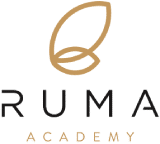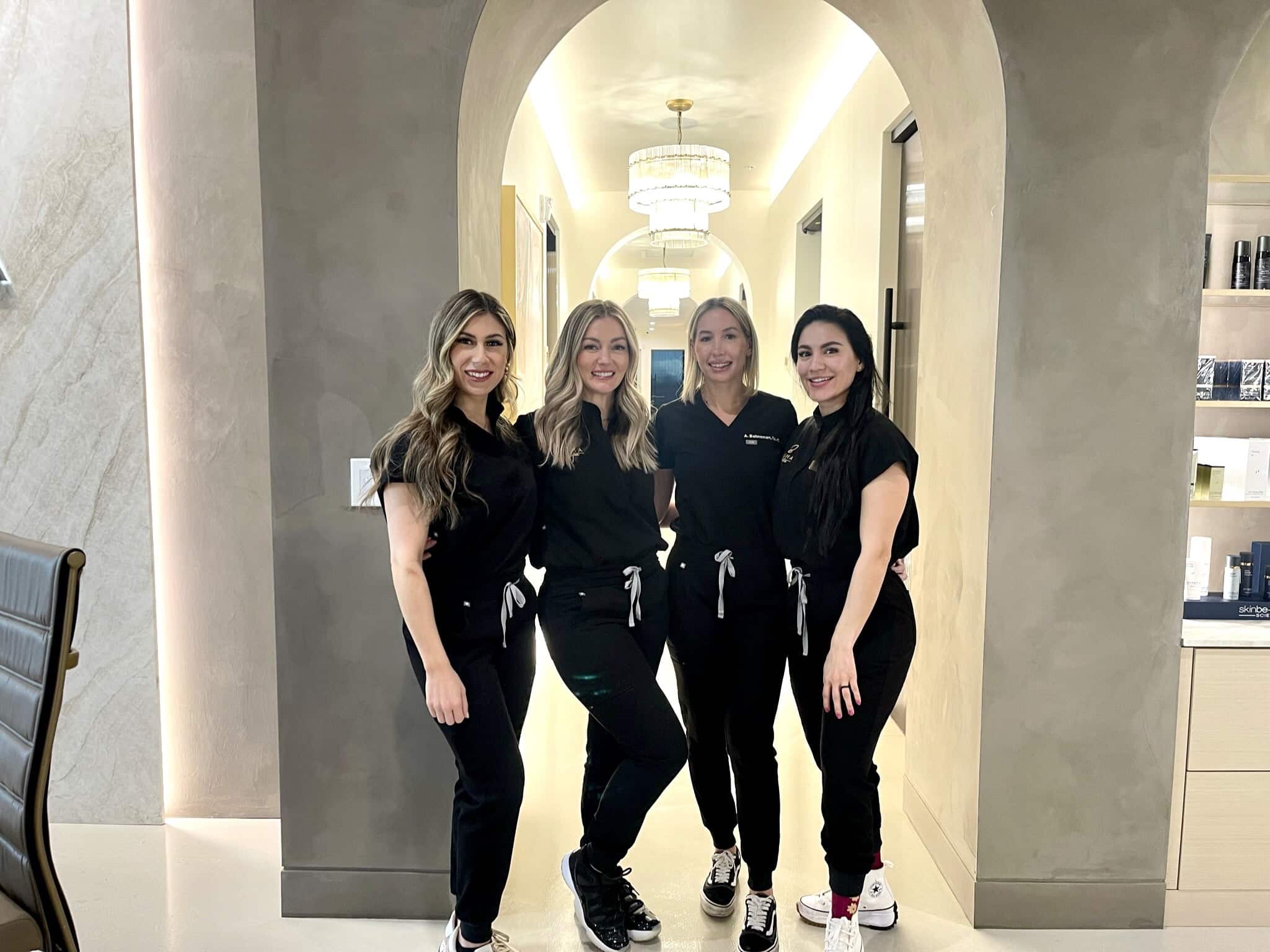RUMA Academy is proud to offer comprehensive courses for all levels of experience! We have courses for a variety of different treatments depending on your learning preferences.
We offer a beginner, intermediate, and advanced aesthetic Injector course that covers all treatment areas for neuromodulators. Continue reading to learn more about the different treatment areas for Neuromodulators!
Neuromodulators are used to treat wrinkles and prevent physical signs of aging, primarily on the face. Neuromodulators currently on the market include Dysport, Botox, Xeomin, and Jeuveau. Dysport is one of the most commonly used due to it providing the quickest onset and typically giving the most longevity.
There are many areas we can treat with Dysport or other neuromodulators, though the most common areas are between the brows, the forehead and around the eyes. I’m going to discuss all the possible areas we can treat with Dysport and my most commonly used doses for each area.
The dose is based on patient need and a combination of patient and provider preference. Each provider will average different doses for different areas based on their own preferences and past experiences. Keep in mind that the larger the dose, the more of an effect and longevity you will experience from your treatment. However, the larger the dose, the less movement you will be left with initially. I have some patients who are actors or therapists, and it’s important for them to show empathy or express emotion. In these cases, we sacrifice a little longevity in order to allow for more authentic facial expressions. Some patients (myself included) prefer longevity and more effective treatment and tolerate limited movement for the first month or so as the dose progressively wears off.
When tailoring your dose, keep in mind that men have a larger percentage of muscle mass than women and always need a larger dose. In addition, if you have a killer metabolism or spend a lot of time working out, your treatment will most likely wear off sooner. This doesn’t mean you should sacrifice working out for your Dysport, just keep in mind you will likely need a larger dose to make it the full 3 months of longevity or will have a month of movement before you can be retreated. Even if you are getting a smaller dose to allow for more movement, you should still wait at least 12 weeks between appointments. Studies show that being retreated more often than 12 weeks promotes the production of antibodies against the neuromodulator, which means there is a potential for it to no longer work for you in the future.
We tailor all our doses and treatment areas based off your needs and priorities. Here is a list of possible treatment areas and my average doses for each. Remember that these doses are just examples of my averages, and it doesn’t mean that I never go above or below these ranges.
Glabella
- Area between brows that gives us the “angry 11’s,” or the muscle that allows us to scowl.
- Typical dose: 15-25 units
Forehead
- These muscles allow you to raise your eyebrows
- Typical dose: 10-20 units
Crows Feet
- This is the area around your eyes that helps you to squint
- Typical dose: 9-16 units/side
Bunny Lines
- This is the area on your nose that wrinkles when you sniff or smile
- Typical dose: 6-9 units
Masseters
- These are the muscles on the back of your jaw that cause you to clench
- These muscles are what cause TMJ for people who grind or clench their teeth
- Overuse of these muscles is a common cause of headaches, leads to damage of teeth, a square face shape, and erosion of the jaw and fat pads of the jaw and temples
- Treatment of this area is therapeutic, anti-aging & promotes facial balance
- Typical dose: 20-30 units/side
Chin
- This muscle is called your mentalis & helps you to frown
- Overuse causes a deep, horizontal “mental crease” & an orange peel-like texture causing deep craters & texture problems over time
- Typical dose: 6-8 units
Platysmal Bands
- Your platysma is an important muscle in your neck & as we age they start to pull away from our jaw, contributing to laxity in the skin beneath our jaw
- Typical dose: ~20 units
DAOs
- This muscle is called your depressor anguli oris & allows you to frown
- Overuse can contribute to lines below the corners of your mouth & a frown at rest
- Typical dose: 4-8 units
Lip Flip
- This muscle is what causes you to purse your lips
- Over time, these create vertical lip or smoker’s lines
- Treating this muscle also allows for more of the top lip to show when smiling, leading to the appearance of a bigger top lip
- Typical dose: 4-6 units
Gummy Smile
- Some patients have a strong pull on their top lip when they smile, showing more of their gums when they smile, this treatment helps prevent that
- Typical dose: 4-6 units
Nasal Flare Correction
- Some patients flare their nostrils excessively, this treatment helps prevent that
- Typical dose: 2-4 units
Nasal Tip Elevation
- This treatment helps to elevate the tip of the nose
- Typical dose: 1-4 units
Hyperhidrosis
- This treatment can be done anywhere a patient may sweat excessively
- Due to large dosing needed, longevity is at least double that of other areas
- Typical doses:
- Armpits – 50 units/side
- Palms of hands – 100 units per side
- Soles of feet – 150 units per side
- Keep in mind that the FDA recommends only 360 units cumulatively within a 3 month period
Microtox
- This can be done anywhere with fine, superficial lines & is injecting into the dermis
- It is commonly used for “accordion lines” around the smile, or to help with texture issues on the neck & chest
- Typical dose: Area dependent
To learn more about the different types, uses, and treatment areas for neuromodulators, join us for a hands-on course at RUMA Medical Aesthetics!
Email training@rumaacademy.com or visit our website to find the course that perfectly aligns with your learning preferences and experience level.



